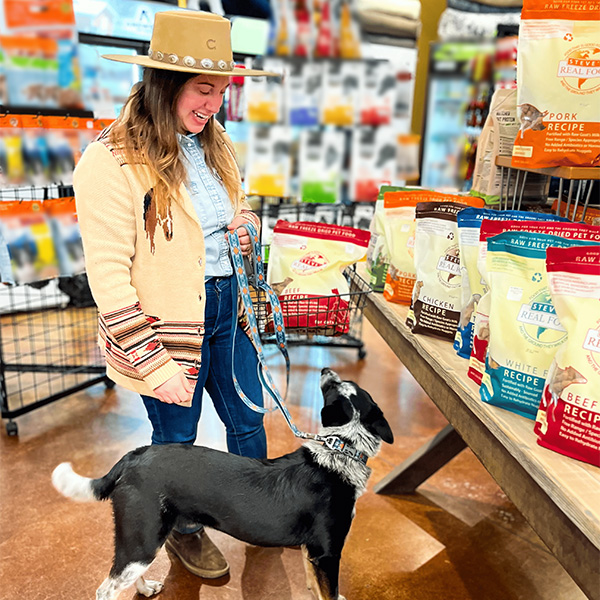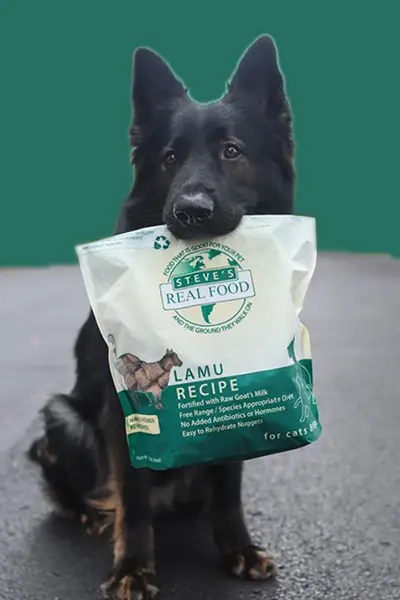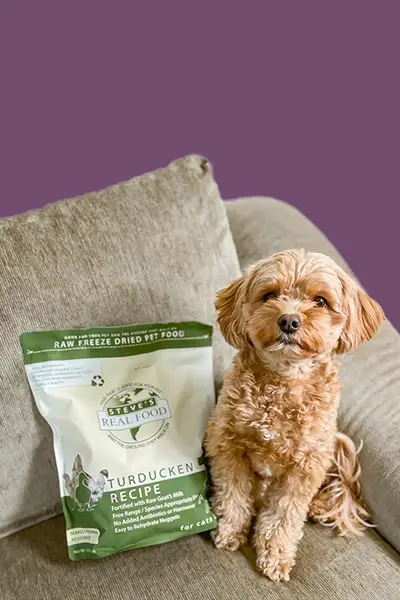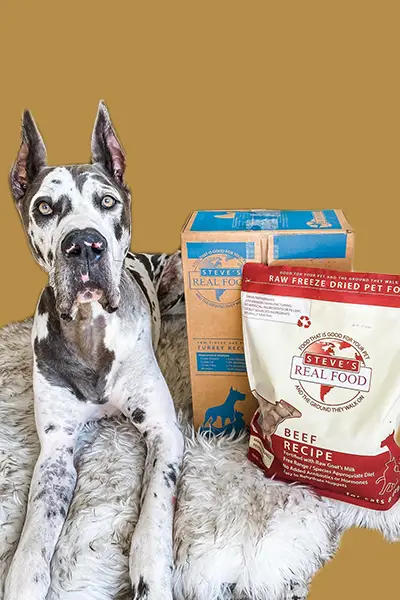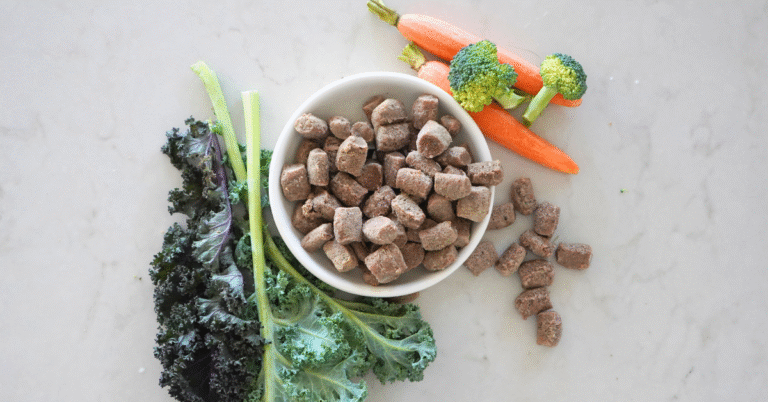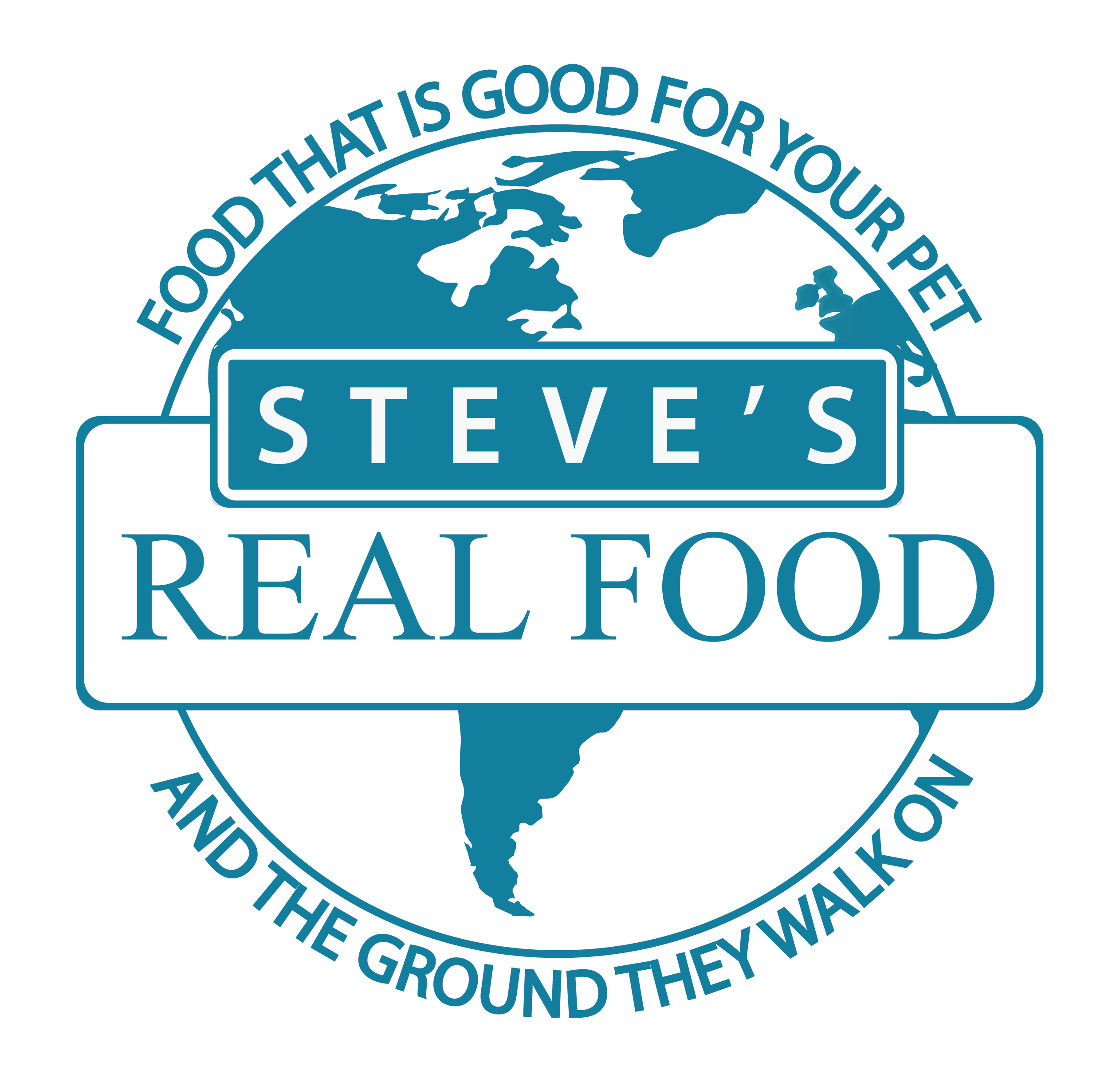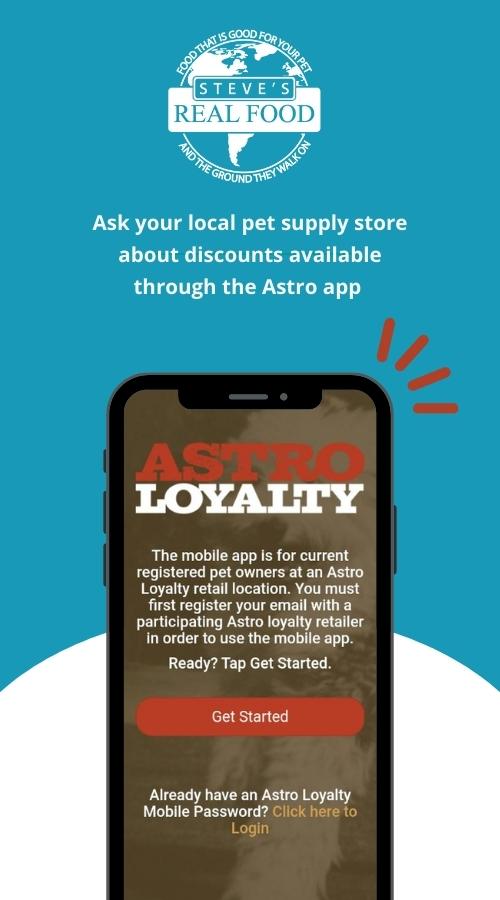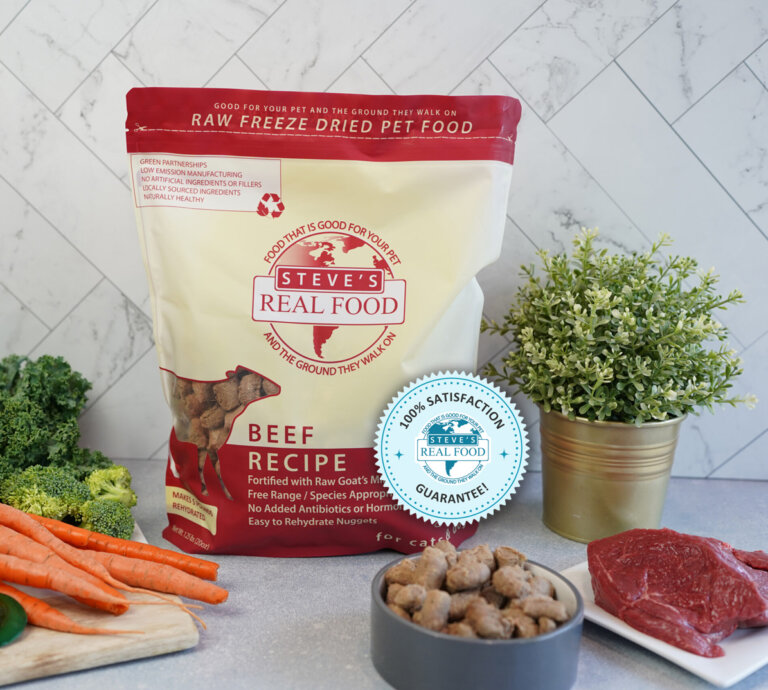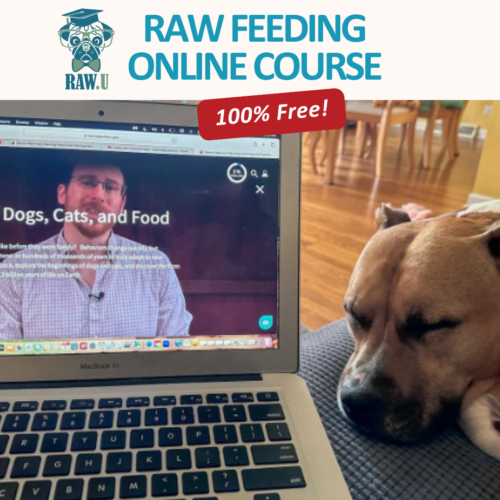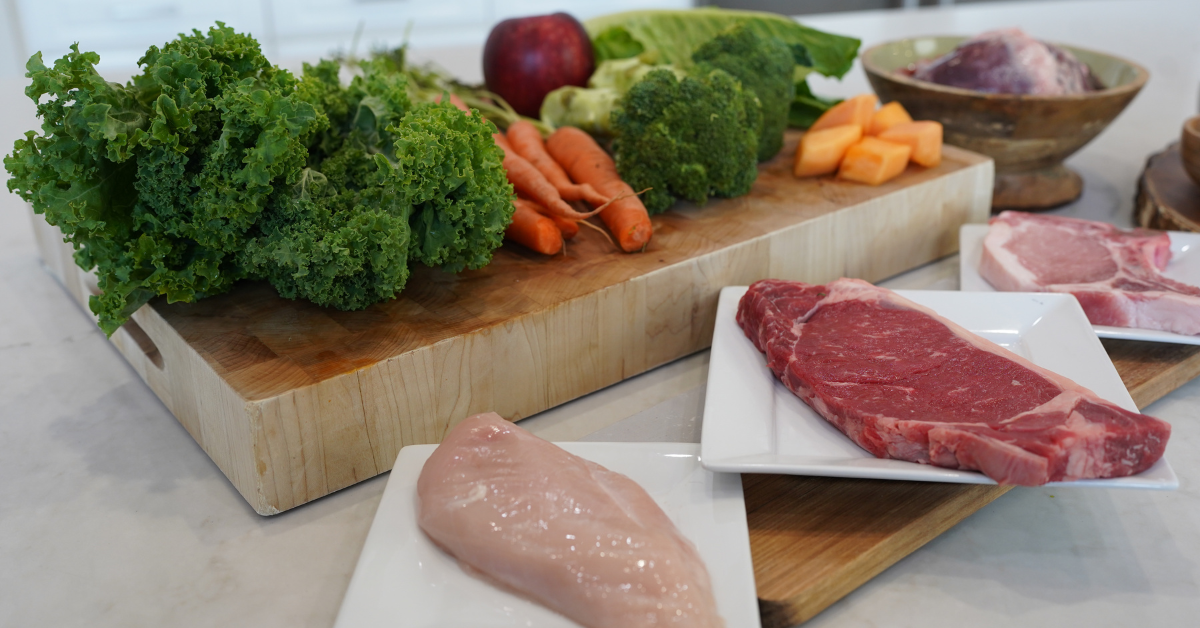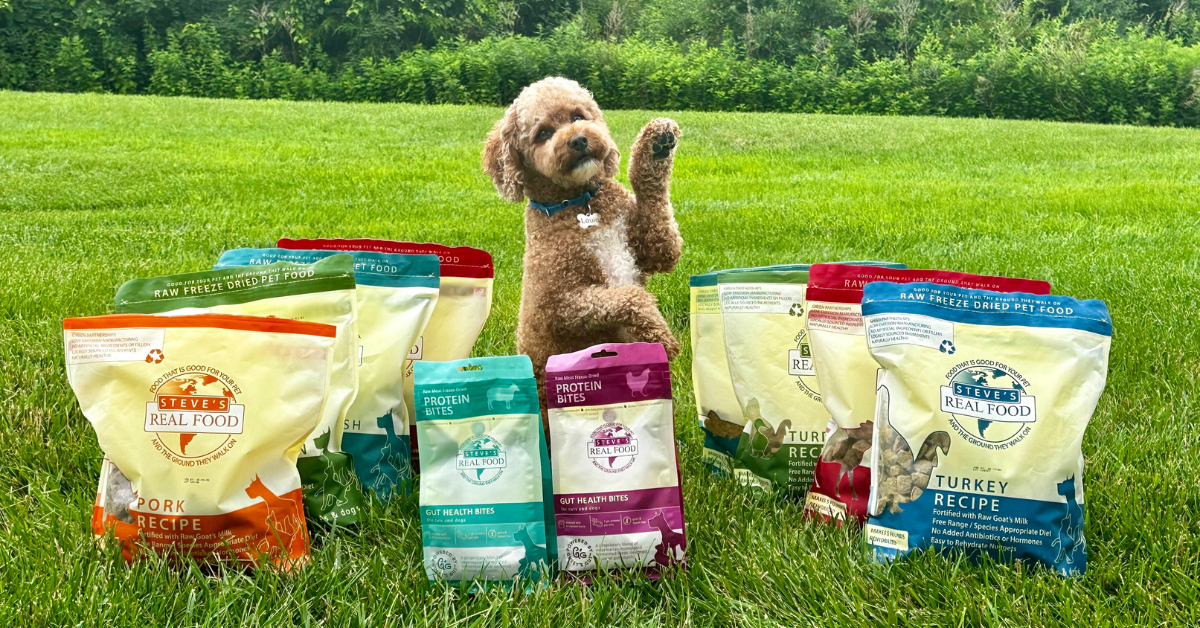1. Check for AAFCO Compliance
Look for a statement that the food meets the nutritional levels established by the AAFCO (Association of American Feed Control Officials). This means the food is complete and balanced for the life stage it’s intended for—whether it’s for adult maintenance, growth, or all life stages.
What to watch out for: If a product lacks an AAFCO statement, it may not offer balanced nutrition and could lead to deficiencies over time unless properly supplemented.
2. Inspect the Ingredient Panel
Ingredients are listed by weight before processing. In premium raw foods such as Steve’s, you’ll notice genuine, whole ingredients leading the list—consider beef, chicken, turkey, or salmon, accompanied by nutrient-rich produce like kale, broccoli, or blueberries.
What to watch out for: Avoid vague terms like “animal by-product,” “meat meal,” or “natural flavorings.” These can be signs of lower quality or highly processed ingredients. Look for transparency and foods you can recognize.
3. Understand the Protein Sources
The first ingredient should always be a named animal protein. You’ll also want to see if organ meats and bones are included—these are essential in a balanced raw diet.
What to watch out for: Be cautious of “protein-boosted” formulas that rely heavily on plant-based proteins like peas, lentils, or soy. While not inherently bad, they should not be the primary protein source for carnivores.
4. Review the Guaranteed Analysis
This tells you the minimum and maximum percentages of protein, fat, fiber, and moisture. Raw foods tend to have higher moisture, so comparisons to kibble should always be made on a dry matter basis.
What to watch out for: Look for protein levels that support your pet’s activity level and life stage. If the protein is too low, your pet may not thrive. If fat is too high, it might not be ideal for pets with sensitive digestion or certain health issues.
5. Know What “Complete and Balanced Nutrition” Means
When you see the phrase “Complete and Balanced Nutrition” on a pet food label, it means the product meets the minimum nutrient requirements established by the Association of American Feed Control Officials (AAFCO). While this sounds reassuring, it doesn’t always mean the food is of high quality—or that it’s truly the best option for your pet.
Many brands meet these standards by relying heavily on synthetic vitamins and minerals, which can signal that the core recipe is lacking in naturally nutrient-dense ingredients. It’s like eating processed food with a multivitamin—it checks the boxes but doesn’t provide the same nourishment as whole food.
Look for foods that get their nutrition from real, whole ingredients like organ meats, fresh meats, and vegetables. These are more biologically appropriate and easier for your pet to absorb—leading to better long-term health.
6. Watch the Processing Claims
Not all raw foods are created equal. Look at how the food is processed—freeze-dried, raw frozen, or HPP (high-pressure pasteurization)—and what that means for nutrient integrity.
What to watch out for: Over-processing can damage the very nutrients raw food aims to preserve. Look for minimal intervention with a focus on food safety and bioavailability.
Ask The Right Questions
When researching which pet foods make the best sense to buy for your dog, you can use this questionnaire as your checklist:
- Is the first ingredient listed on the Ingredients List identifiable as a single source of protein?
- Do the ingredients in the pet food product together form food that is nutritionally complete and balanced?
- Is the animal protein source from a producer that is confirmed as one using humane farming practices? Or, if it’s a fish source, does the producer use sustainable fishing practices?
- If there are whole vegetable and fruit ingredients included and are these grown naturally and in an environmentally responsible way?
- Where are the raw ingredients for the pet food from? (Producers of premium pet foods avoid obtaining ingredients from countries where pet food recalls have caused widespread concerns.)
Second, be willing to reach out and ask questions. Pet food companies that label their products as “Made in the USA” should not avoid answering questions you may have. Here are a few of the kinds of questions to consider asking a pet food company before you decide to start or continue feeding your pet the foods they produce.
- Where are your pet food ingredients produced?
- Where are your pet food formulations manufactured?
Final Thoughts
Reading a raw pet food label doesn’t have to be intimidating. With a little practice, you’ll be able to spot high-quality nutrition in seconds. We make it easy—real, whole ingredients, balanced recipes, and complete transparency. Your pet deserves the best, and you deserve peace of mind.
Want to learn more about what makes Steve’s Real Food different?
Explore our ingredients, see our sourcing standards, or reach out with questions—we love talking raw!
 Beef
Beef Chicken
Chicken Whitefish
Whitefish Pork
Pork Lamb
Lamb Turkey
Turkey Turducken
Turducken All Protein
All Protein Beef
Beef Chicken
Chicken White Fish
White Fish Pork
Pork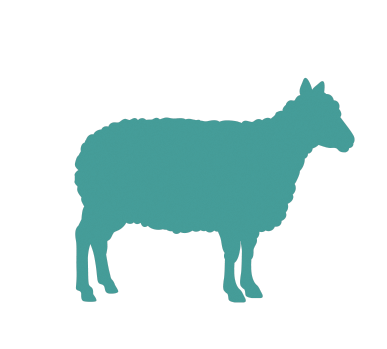 Lamb
Lamb Turkey
Turkey Duck
Duck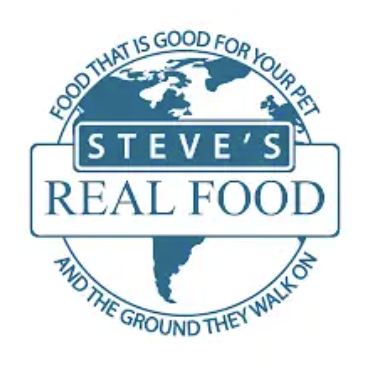 All Products
All Products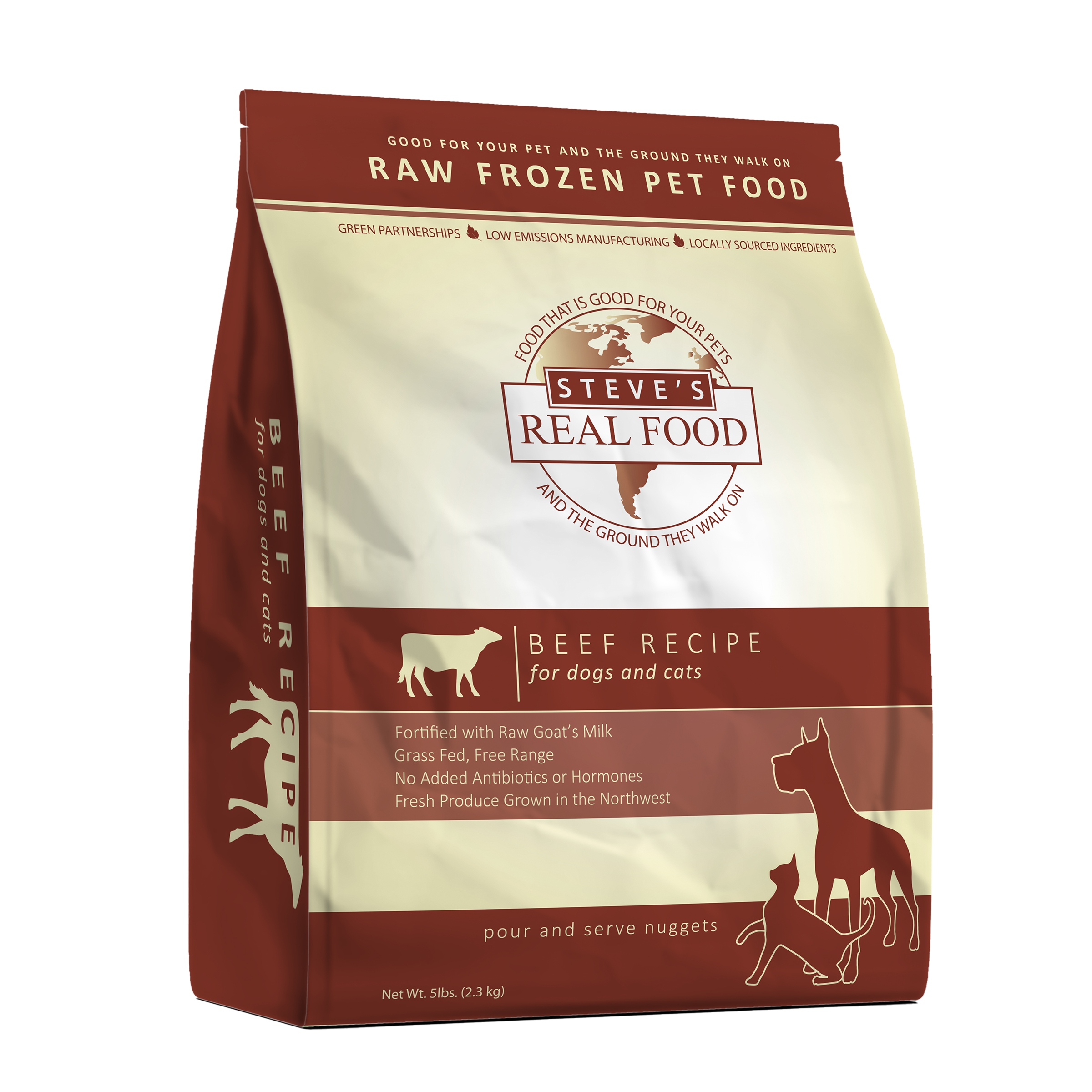 Frozen Raw Pet Food
Frozen Raw Pet Food
 Freeze Dried Raw Pet Food
Freeze Dried Raw Pet Food
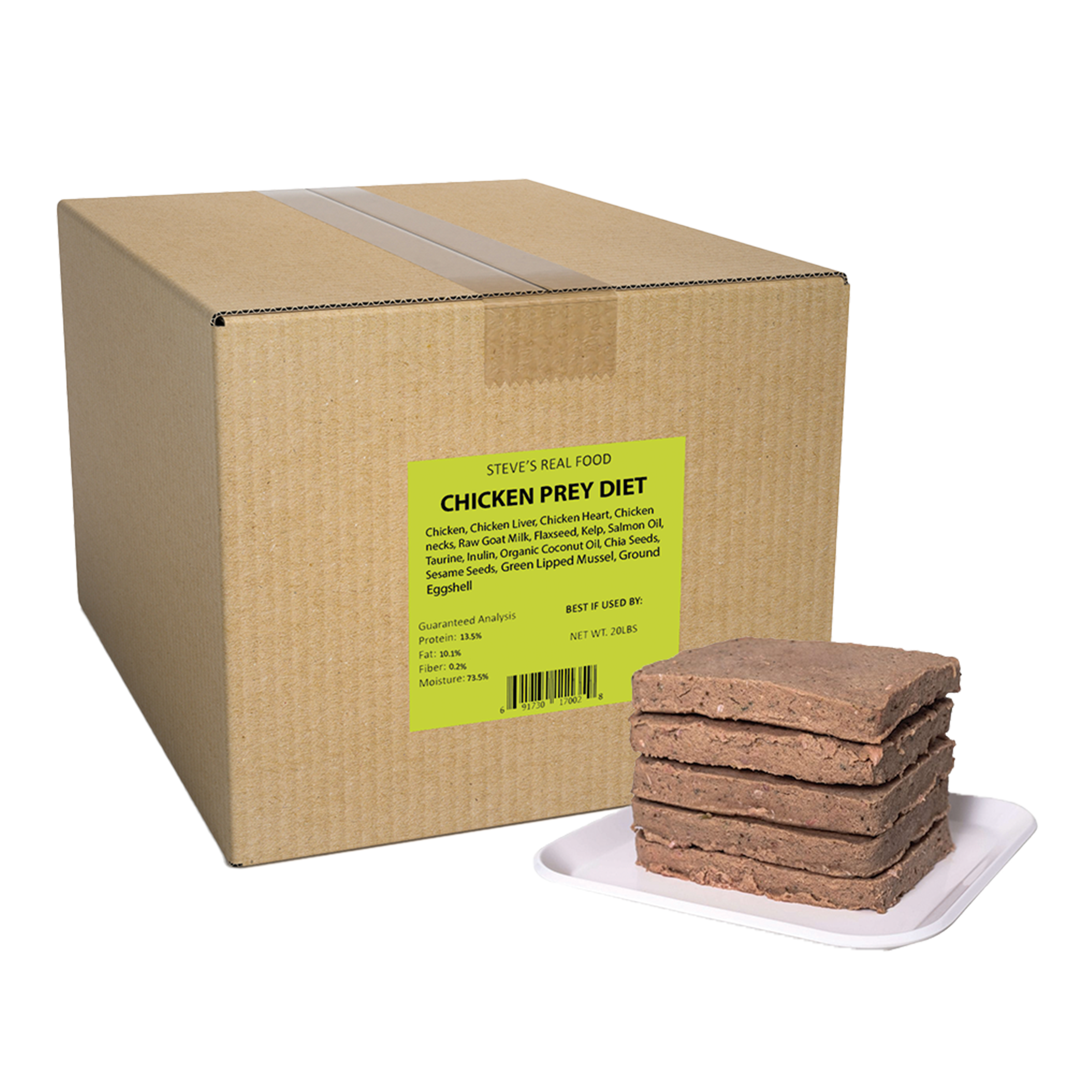 Frozen Prey Diet
Frozen Prey Diet
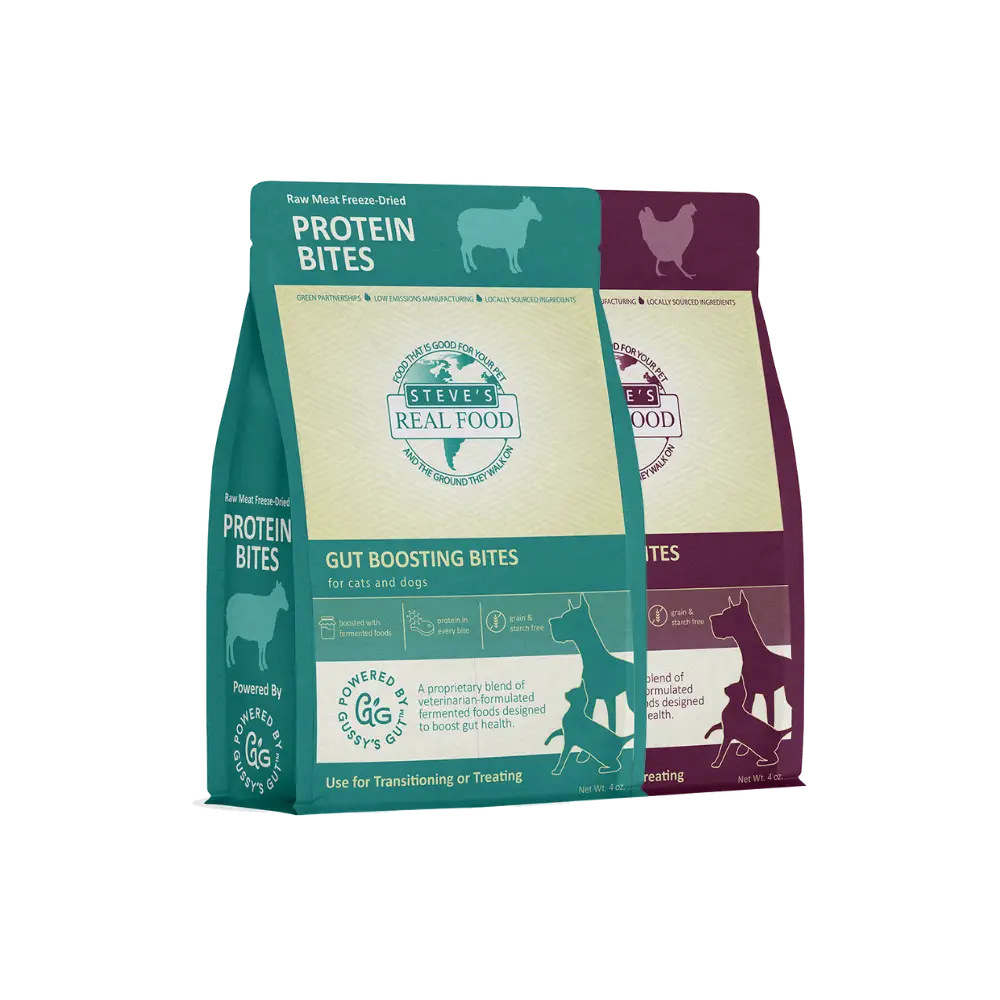 Freeze Dried Protein Bites
Freeze Dried Protein Bites
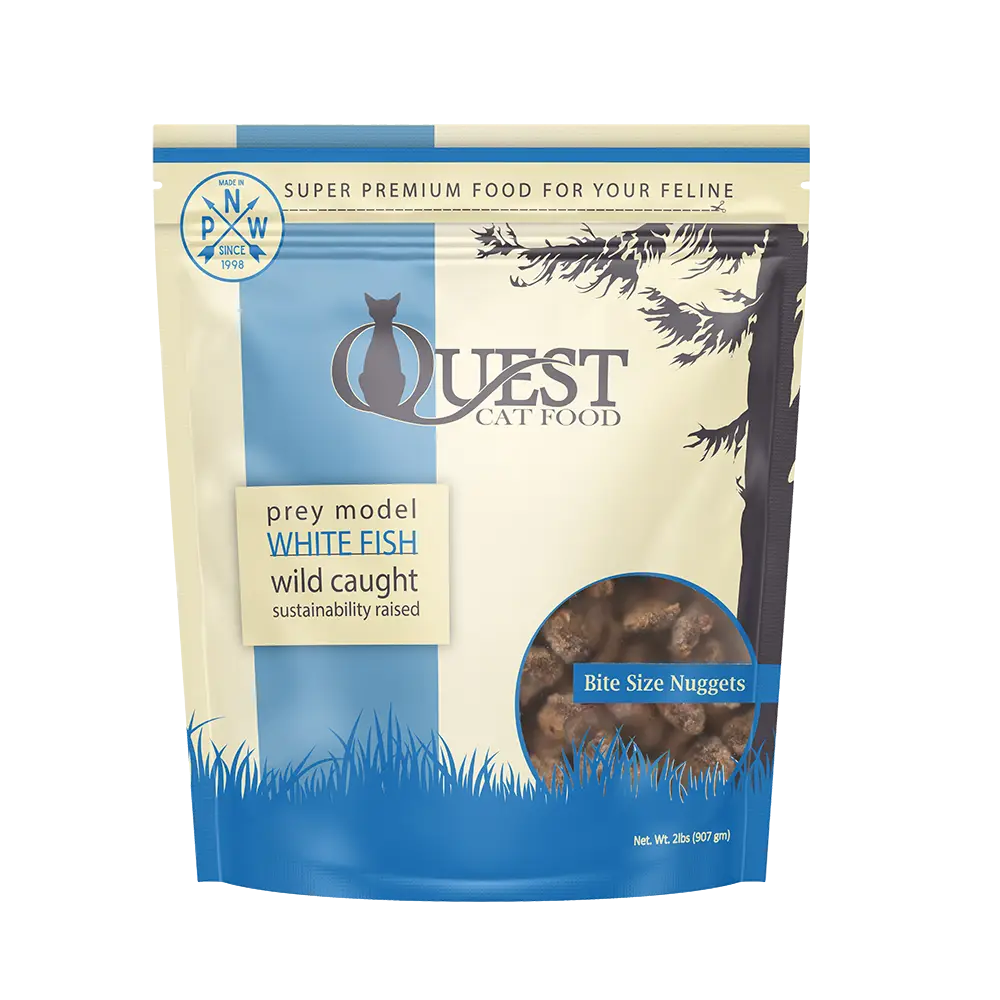 Frozen Quest
Frozen Quest
 Freeze Dried Quest
Freeze Dried Quest
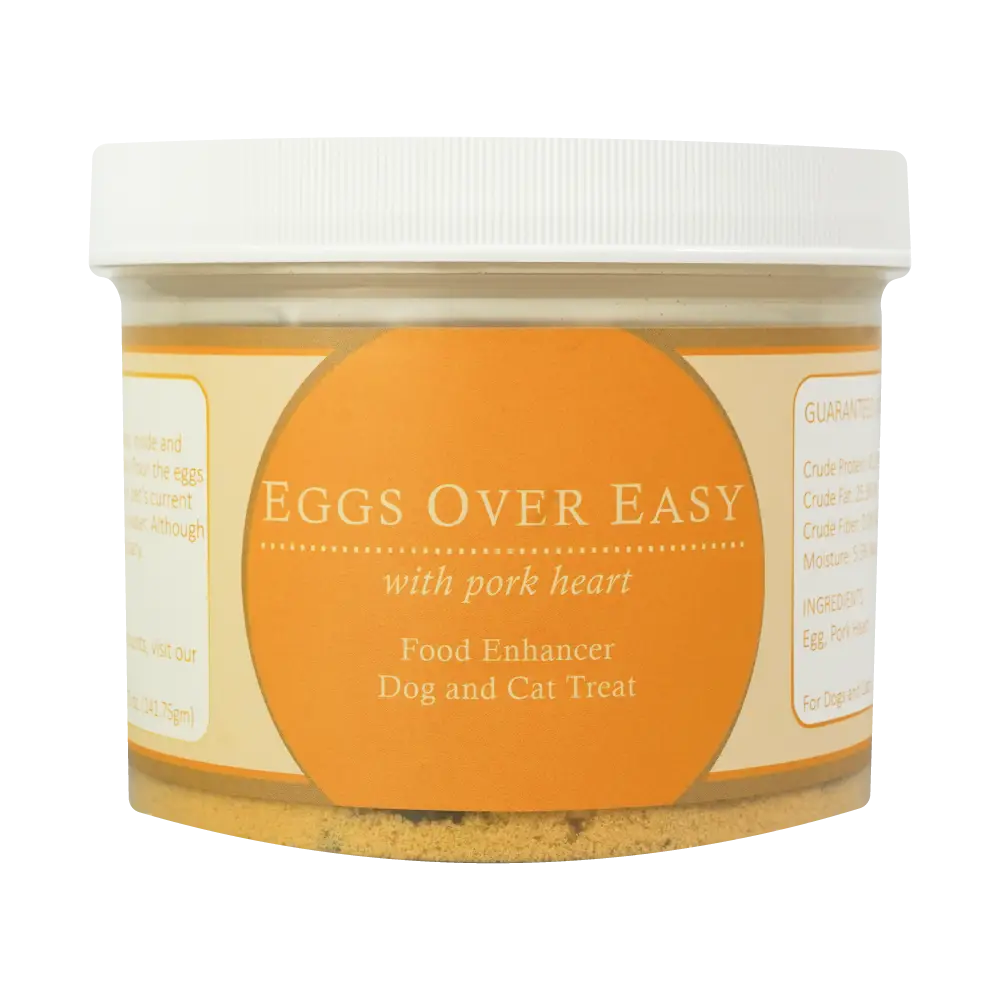 Eggs over Easy
Eggs over Easy
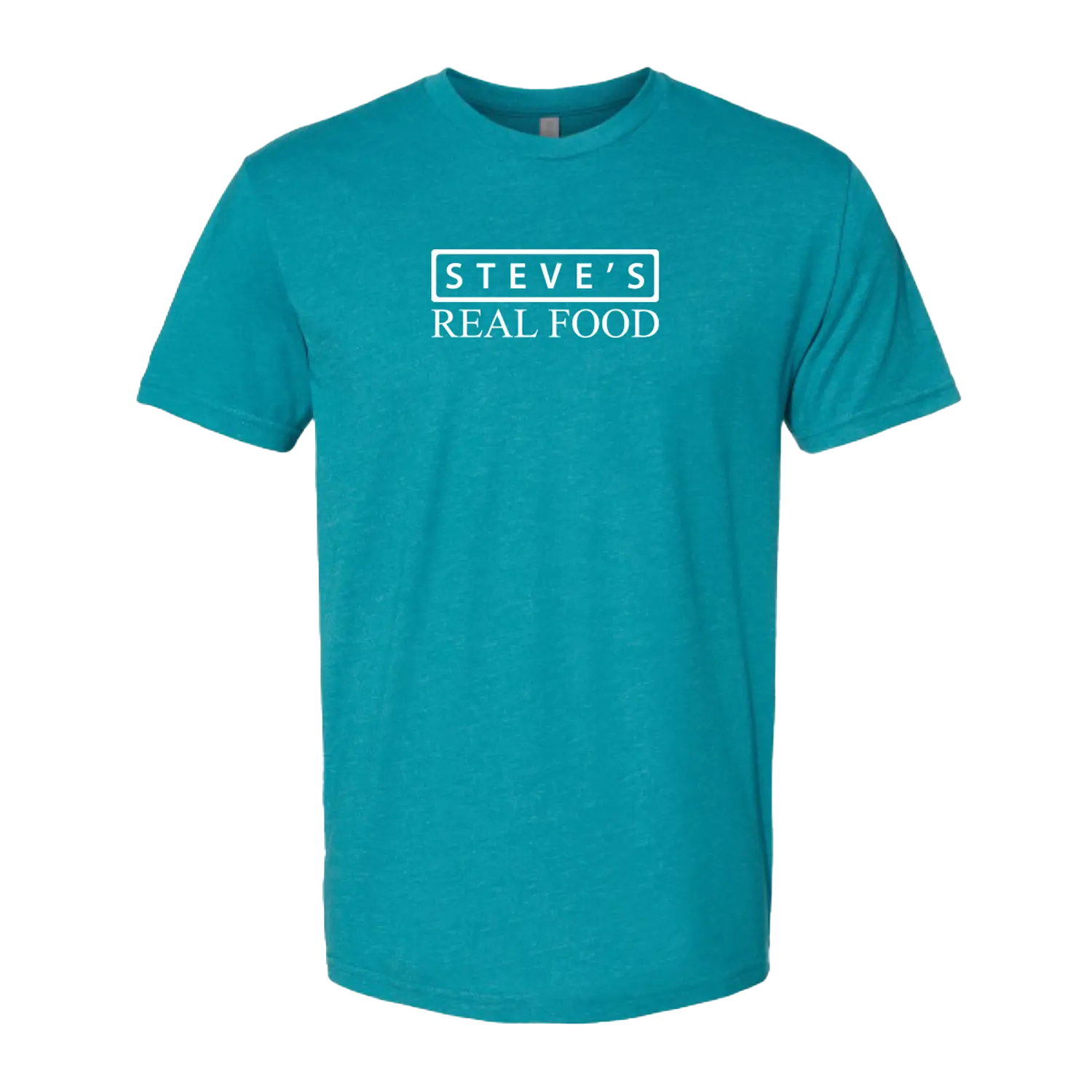 Steve's Merch
Steve's Merch 